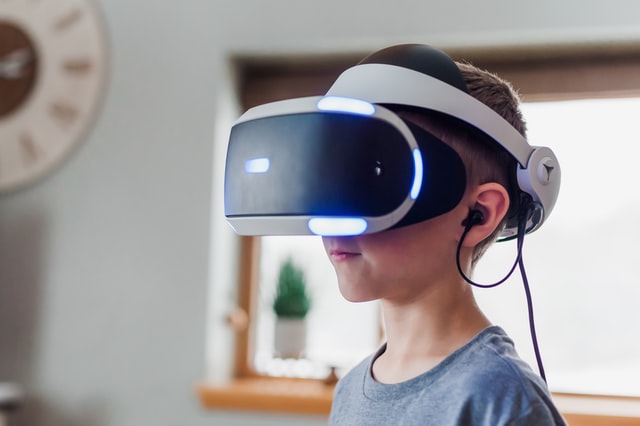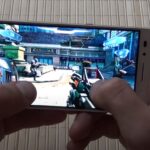From the very beginning of motion control and motion sensing, humans have been willing to try anything. Whether it was those weird shoes that supposedly played Wii Tennis for you or all those crazy contraptions people made to play Kinect games with their whole bodies, we always wanted more. Our thirst got even bigger as VR (Virtual Reality) started becoming a reality. However, VR is not where it’s at. No, what we really crave is the holodeck.
But first things first – let’s take a step back. What are our options? What do we have now?
Motion control has been around for quite some time now. For years, Nintendo has dominated the market with its Wii console, offering simple motion control via the Wiimote. However, since its release in 2006, not much has changed. We got other consoles like Sony’s PlayStation Move which was essentially the same thing only with colored balls instead of a white orb on top (seriously what is that?), and Microsoft came out with their Kinect system for Xbox 360 which required you to stand up and move your whole body around. It was a nice try, but considering the fact that you had to pay for it separately, it never quite took off.
So essentially what we have are motion sensing accessories that require you to move your whole body all the time or none at all. They were uncomfortable mainly because they required you to perform movements that were not natural.
Taking a step back in time, the holodeck was introduced by Gene Roddenberry in Star Trek: The Next Generation . It was a room which could simulate any environment and provided complete sensory immersion. In addition to the visual input, the “users” of this system felt tactile feedback from objects they interacted with, heard the sounds of where they were present, smelled what they believed to be there, and so on. Or altogether- wherever their imagination might take them.
However, holodecks are not just science fiction anymore. Companies have started working on bringing this technology into reality for gaming purposes. For instance, Zero Latency opened up its first warehouse-sized free-roam virtual reality gaming arena open to the public.
There are also other technologies on the horizon, such as haptic suits . These offer tactile feedback through a suit worn by users. For instance, there is a company called Teslasuit which can provide you with both force and vibration feedback so that the sensation of impact is as close to reality as possible.
As it turns out, there are technologies that know how to bring us closer to the holodeck with tactile feedback alone, or visually without even touching anything. For instance, one company decided to create a virtual table where you could see your hands and actually touch what’s on top of it, but you would still see your entire surroundings.
Innovative features in games
And apart from tactile feedback, what about actually being able to touch objects inside the game? It turns out that there are other technologies which allow this as well. For example, SMRI created a device called iSkin . It’s essentially a sticker you can put on your hand and it will read the patterns of your fingerprints to let you touch things inside VR.
And that is only one option. There are other motion sensing gloves out there, such as Manus which looks like a regular glove. It has sensors that go up your fingers and then cables that connect to something you hold in your palm, which is the device whose inputs are being read by these sensors.
The possibilities are literally endless here. We can come up with something crazy new on our own, or we could go on Quora or Reddit and see what other people are asking.
However, if you’re not that creative but still want to see how it feels when using these technologies, there are games out there for you- games where entire worlds are created based on the technology discussed above. For example, here is a video made by someone who tried Monster of the Deep: Final Fantasy XV which is a PlayStation VR game. It uses the Playstation Move system to track your moves in order to make you feel like you are really there fishing.
And, there is one more technology I want to mention here- one that lets us get closer still to the holodeck. It’s called realwear, and it is a full-blown suit that gives you tactile feedback.
At this point, once you put all of these things together, we can actually simulate the holodeck from “Star Trek”. We have tactile feedback which would allow us to feel what’s happening in our environment, full-body motion tracking so we could move freely, haptic feedback so we could touch things, and the ability to see everything from a first-person view.
Even though seeing your whole body is awesome, it’s still not enough for true immersion. For that, you would also need haptic suits which cover your whole body. And they actually exist as well. Check out this video on YouTube to see what it looks like.



